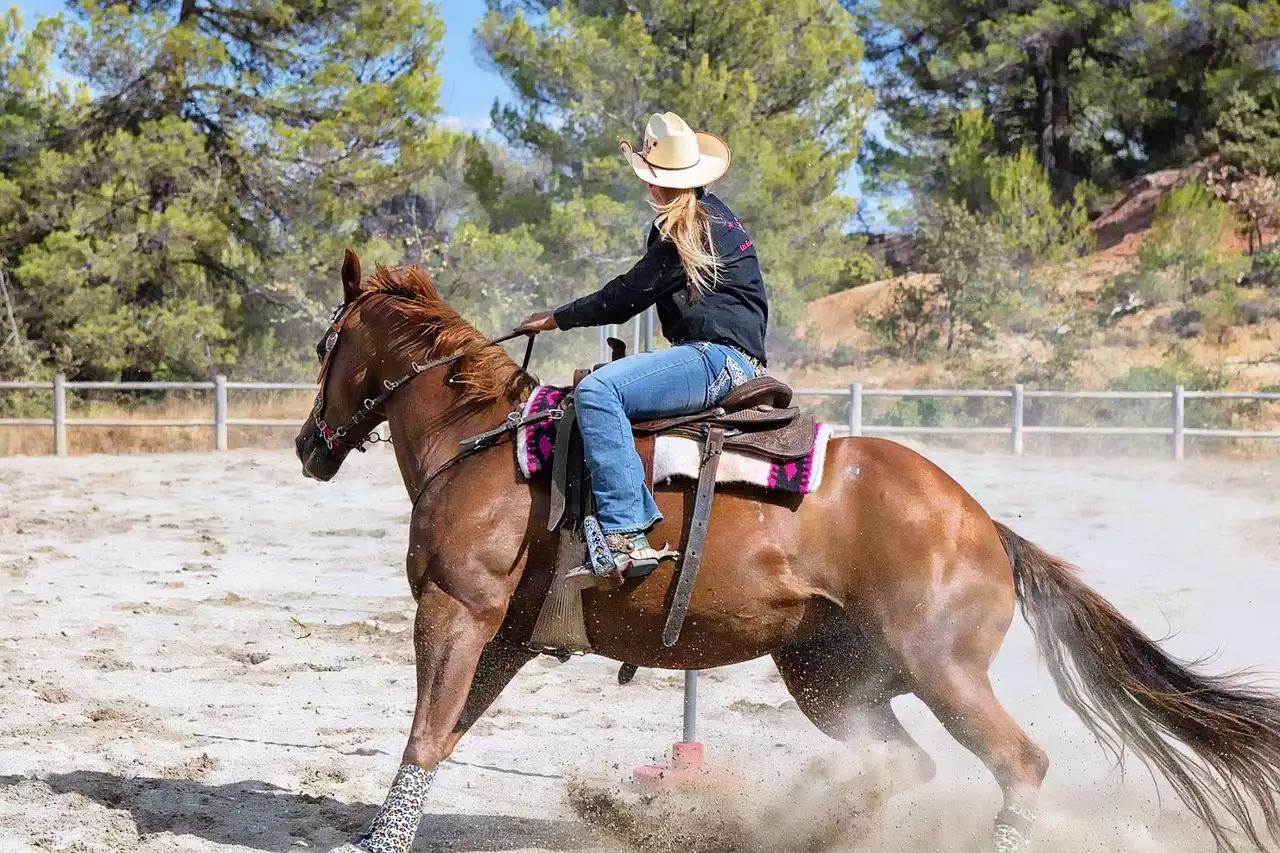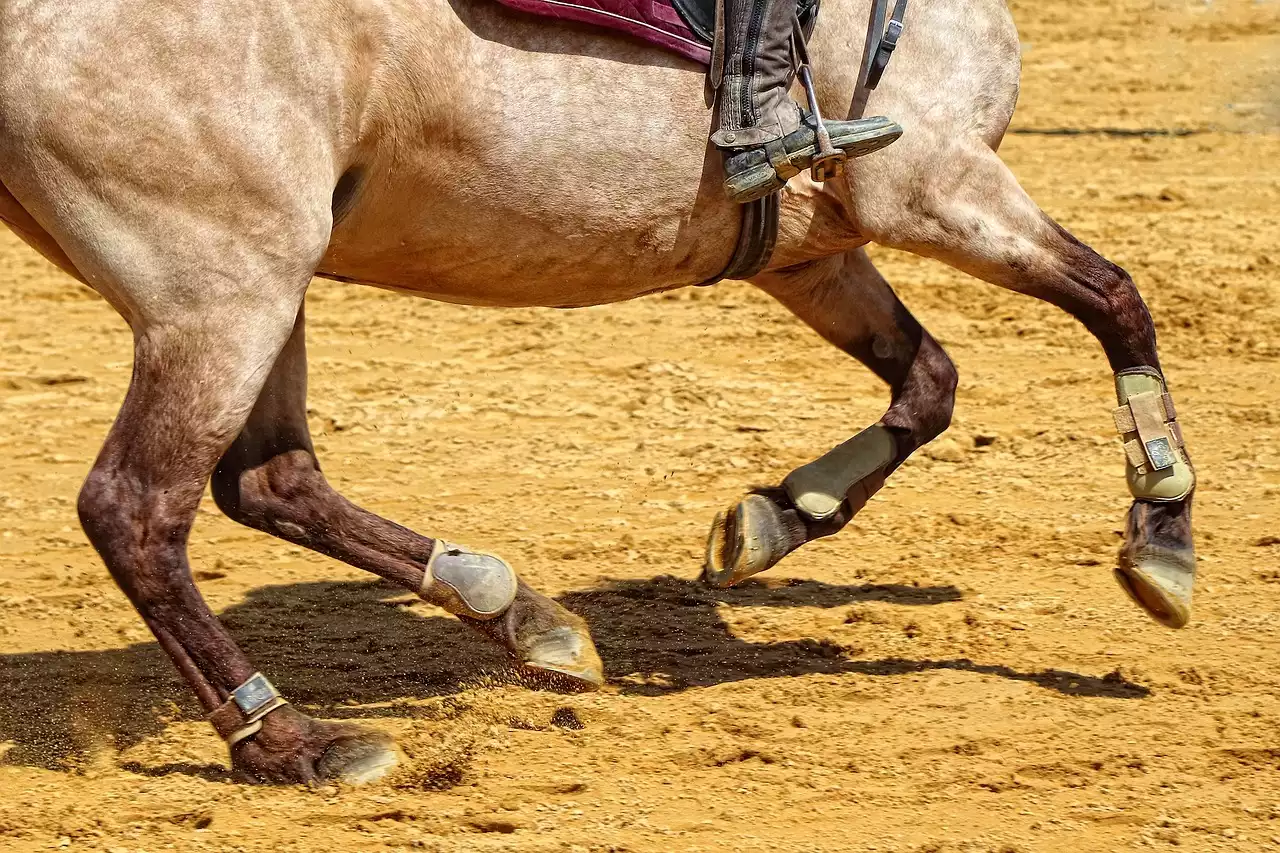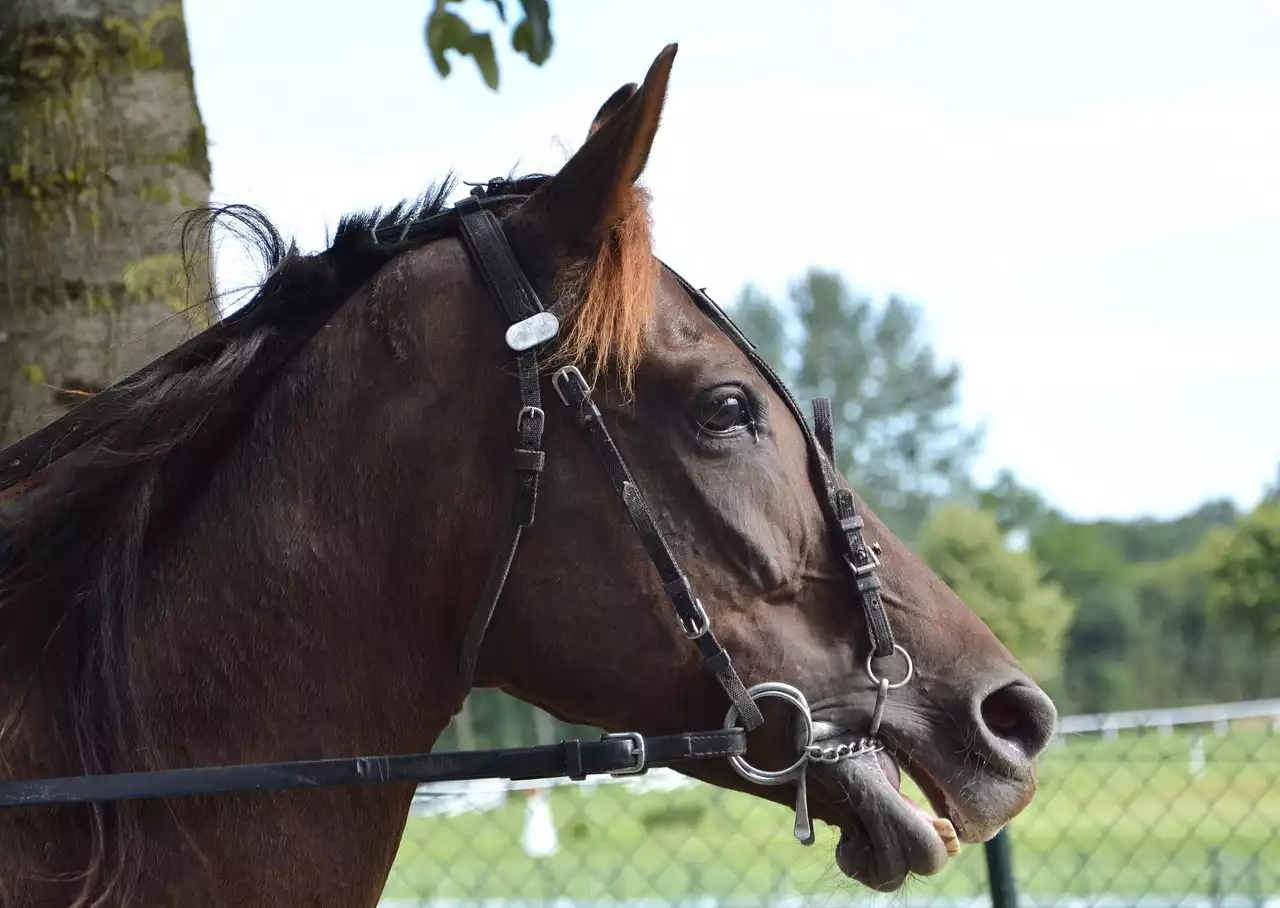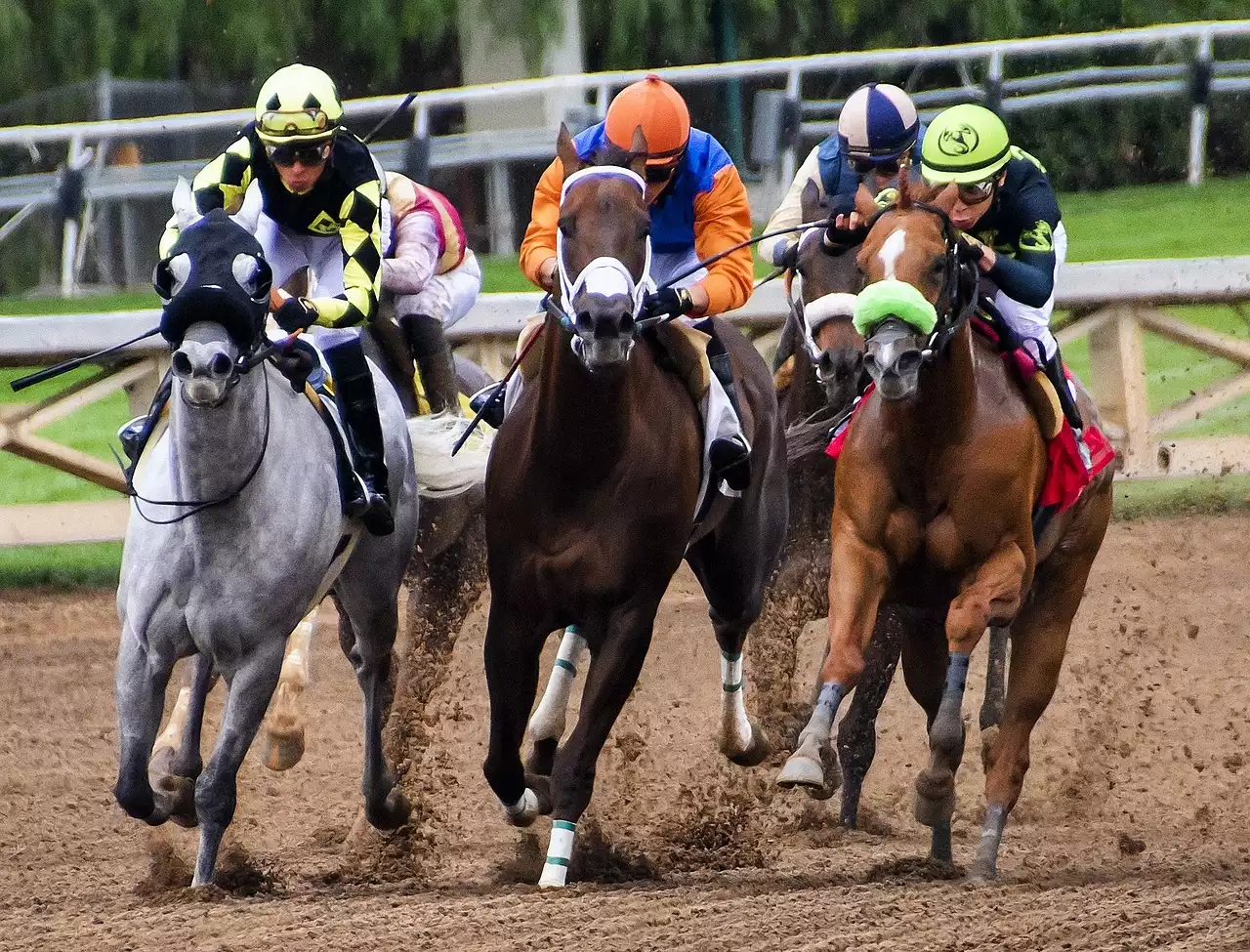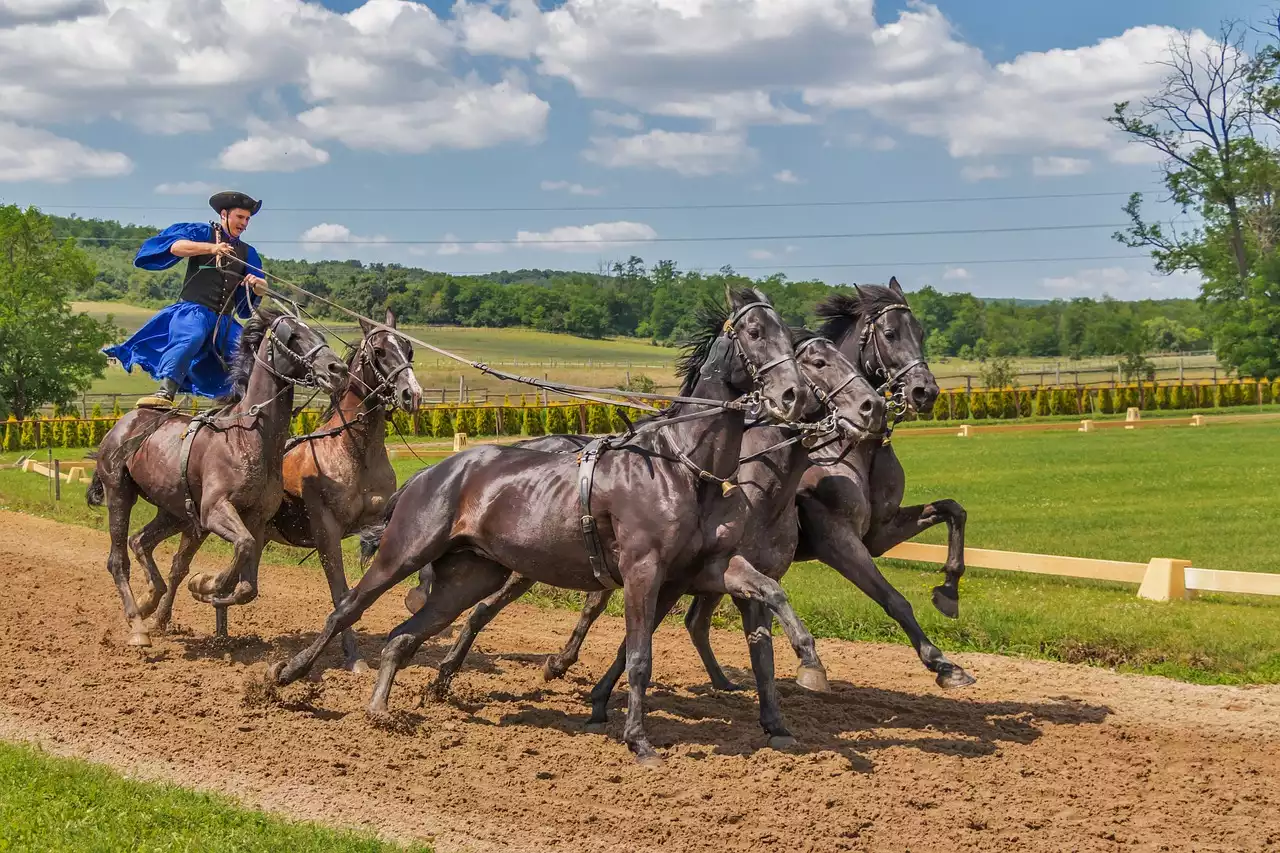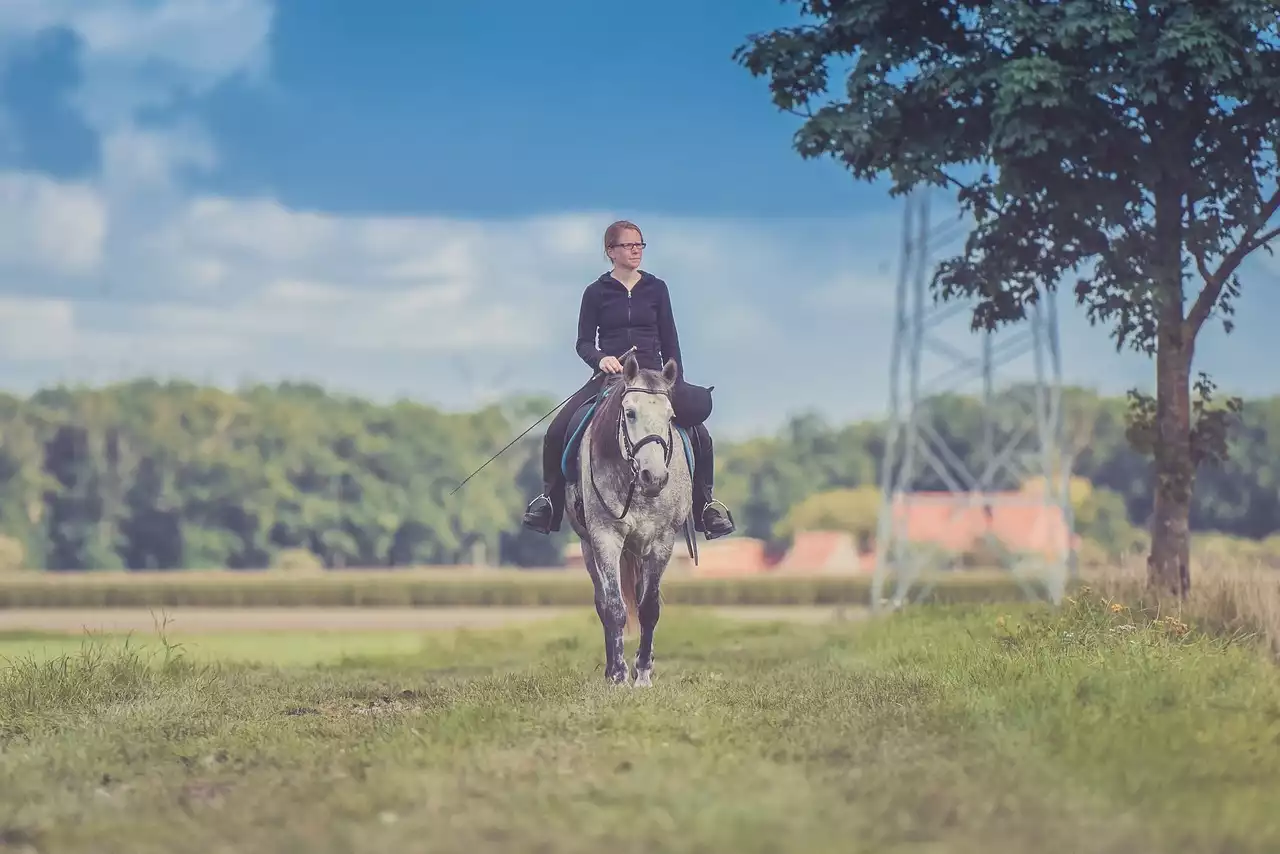History of the Palio di Siena
The Palio di Siena has a rich history, stretching back over seven centuries. The first race took place in 1276, marking the appointment of the first podestà, an Italian magistrate. The podestà would be responsible for governing the city and presiding over the annual horse race. The first race took place in the Piazza del Campo, the largest square in Siena, and is still where all the races take place. The Contrada di San Martino, the district of Siena with the greatest number of horse owners, has won the Palio di Siena almost every year since the race began. This is why the race has been called il Palio di San Martino ever since, and why the district sometimes goes by the name of Campo, instead. San Martino is represented by a white horse on a red background, and the district is nicknamed il Bianchi or the White.
Description of the Race
The Palio di Siena is a thoroughbred horse race with 16 horses and their jockeys competing in a 1,600-meter dash around Siena’s Piazza del Campo. The race begins at the sound of the cannon, with all the horses starting their sprint toward the finish line from one side of the piazza, while their jockeys ride from the other side. The Palio is a single-elimination race, meaning that only one horse and rider will win the race, while the other 15 horse-rider pairs will be eliminated from the next race. This system encourages the riders and their mounts to compete fiercely and go all out for victory. There are two Palio di Siena horse races each year. The first race, called the “Big Palio,” takes place on July 2, while the second, called the “Little Palio,” is on August 16. July 2 is the date that the Sienese defeated the Florentine army in the Battle of Montaperti in 1260 and August 16 is the date that the Florentine army defeated the Sienese in the Battle of Siena. These dates are celebrated as the city’s big holidays, making July 2 and August 16 the most critical dates in Siena. The July 2 Palio race is generally considered to be the more critical and is more widely attended. The two races occur on consecutive Sundays, with the July 2 race beginning around 2:00 p.m. and the August 16 race beginning around 7:00 p.m.
Preparations for the Race
The Palio di Siena horse race takes place in Siena’s Piazza del Campo, one of the city’s most famous landmarks. The piazza is surrounded by the Siena Cathedral, the Bishops’ Palaces, the City Hall, and the Torre del Mangia, the famous bell tower. The horse race begins when the mayor fires a cannon to start the race. The event is open to anyone who would like to watch or participate in the race, as long as they are at least 16 years old, but most visitors to Siena go to the piazza to see the race. The piazza can hold as many as 60,000 spectators, but only 3,000 people are allowed in the area of the piazza where the race takes place. Tickets are distributed through a lottery system and are limited to one per person.
The Contradas and Jockeys
The Contradas are the horse-owning districts of Siena. Each Contrada has its traditions surrounding the horse race and each has its colors that are incorporated into the costumes worn by the jockeys and the horses. The jockeys race on white horses with red caparisons, or decorative coverings for the horses. There are 16 Contradas in Siena, each one with a specific name and area of the city in which it is located. The Contradas are named after the patron saint of their district. The jockeys wear costumes with the colors of their Contrada, and many of them also wear face paint. There is no specific Contrada that has won more times than the other Contradas, but the most famous Contradas involved in the race are Sant’ Antimo (the White), Bellavista, Brancaccio, Cava, Civetta, Draghignazzo, Fonte, Golia, Monna, Paolina, Perdicci, Pigge, and Torre.
The Race Day
The Palio di Siena horse race takes place on a Sunday. The day begins early in the morning with the traditional Lard of the Sheep, which is a sheep-herding competition, then moves into the Primavera di Prato, a Renaissance-era jousting tournament, and ends with the horse race. The Lard of the Sheep is a traditional, ancient activity in which citizens of Siena herd sheep through the streets to get them to market. After the Lard of the Sheep, the horse race is the most anticipated event of the day. Siena’s mayor rides in the procession that takes the jousting knights to the Piazza del Campo and is the first to lead the 16 horse-rider pairs into the city center. After the mayor, the jockeys begin their walk toward the piazza. Each Contrada marches in front of its jockey, and they are followed by the horses. The Palio di Siena horse race begins at 3:00 p.m., and the horses run around the piazza once before stopping at the start line just before the finish line. When the race begins, the jockeys are the first to leave the starting line and ride to the finish line, followed by the horses. The last horse-rider pair to cross the finish line is eliminated from the next race.
The Aftermath of the Race
The Contrada that wins the Palio di Siena horse race celebrates by parading through the streets of Siena on horseback. The winning Contrada keeps the ornamental wooden Palio, the trophy awarded to the winning district, until the next race. Each Contrada has a different way of celebrating its victory, but they all begin with a celebratory lunch. The Siena Tourist Office also hosts a traditional lunch on the days that the Palio is held.
Participating in the Palio di Siena Horse Race
Participants in the Palio di Siena horse race must be at least 16 years old and be a resident of Siena. They must also sign a contract that stipulates all the rules of the race and, if they are riding on a horse, makes them responsible for the animal. Anyone planning to participate in the race must register with the Siena Tourist Office at least two months before the race.
Benefits of Attending the Palio di Siena
Attending the Palio di Siena horse race will give you an experience you will never forget. It is a massive spectacle of joy, pride, and tradition and the energy of the cheering crowds and the intense competition between the riders and their mounts is electric. It is a once-in-a-lifetime experience and will provide a great story to tell your friends and family.
